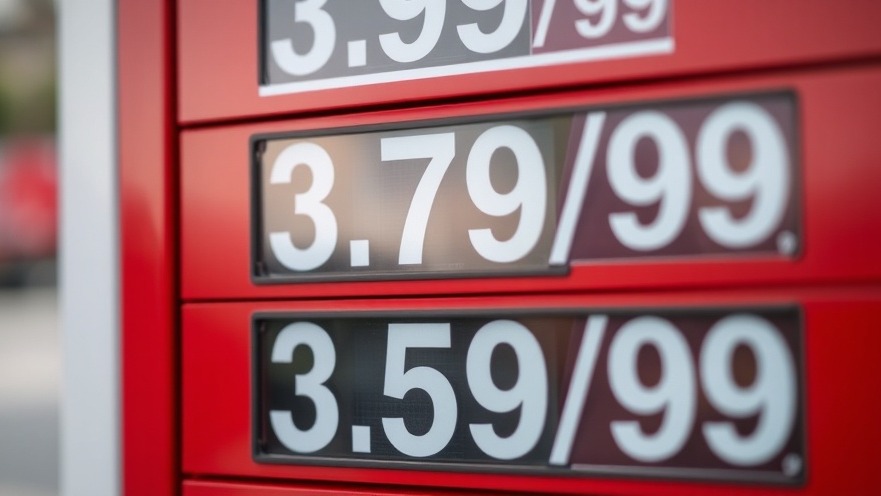
Shifting Trends: Gas Prices and the Oil Market
As of March 2025, the national average for a gallon of gas has dipped to $3.11, a subtle decrease of one cent thanks to softening oil prices. This shift is significant for auto repair shop owners as gas prices can dramatically influence consumer behavior, potentially impacting service appointments and vehicle maintenance routines.
The Fluctuation Effect: What to Expect at the Pump
Fluctuations at the gas pump can often leave drivers bewildered. Markets and retailers frequently react to news, including tariffs and the seasonal shift to summer-grade gasoline. Notably, summer-grade gasoline is more expensive to produce, and this can lead to temporary spikes in price. For repair shop owners, understanding these patterns can provide critical insights into when customers might delay vehicle maintenance due to budget concerns.
Monitoring Supply and Demand: A Double-Edged Sword
The latest data from the Energy Information Administration (EIA) reveals that gasoline demand has increased from 8.45 million barrels per day (b/d) to 8.87 b/d. Yet, total domestic gasoline supply has decreased slightly, indicating a tense balance between rising demand and dwindling supply. This scenario might compel drivers to prioritize essential maintenance or repairs, potentially impacting business.
Regional Price Differences: Understanding Local Markets
The stark contrast in gas prices across the U.S. serves as an important reminder for auto shop owners. For example, California sees some of the highest prices at $4.74, while Mississippi enjoys significantly lower prices at $2.64. Understanding these regional differences can inform marketing strategies, helping shop owners target specific customer segments based on local economic conditions.
An Eye on the Future: Predictions from the EIA
Looking ahead, the EIA anticipates a significant downward trend in gas prices, forecasting an average price of $3.20 per gallon this year and slipping to $3.00 per gallon by 2026. This predicted decline originates from an increase in global oil supply outpacing demand. As an auto shop owner, preparing for these shifts can help align your business strategy with market expectations, ensuring you're ready to meet the evolving needs of your customers.
Strategic Marketing: Adapting to Changing Prices
As gas prices fluctuate, adopting strategic marketing approaches becomes crucial. Implementing loyalty programs or promotional offers can entice customers to come in for maintenance, irrespective of external price pressures. By building relationships through customer loyalty, repair shop owners can maintain a steady flow of business during volatile times.
Conclusion: Proactive Strategies for Auto Repair Shop Owners
In these shifting gas price dynamics, it's vital for repair shop owners to stay informed and adapt their strategies. Understanding the implications of oil market trends and anticipated future prices will not only help shop owners navigate challenges but also seize opportunities for growth. By focusing on customer relationships and strategic marketing, auto repair businesses can weather these changing tides effectively.
 Add Row
Add Row  Add
Add 




 Add Row
Add Row  Add
Add 

Write A Comment